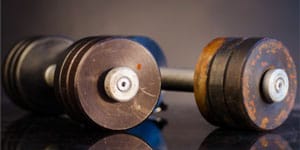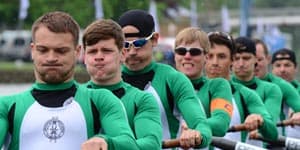Probably all rowing coaches agree that strength and conditioning training is important in rowing as approximately 400-450 W are generated over 200-250 times throughout the race. Below is a summary of a research paper that focused on 32 coaches’ feedback on the abovementioned topic.
 The research was carried out by Gee et al. (2011) by developing a questionnaire that had six different sections listed below:
The research was carried out by Gee et al. (2011) by developing a questionnaire that had six different sections listed below:
- personal details;
- physical testing;
- strength and power development;
- flexibility development;
- unique aspects of the program;
- relevant comments regarding the prescribed training program of the athletes.
The questionnaire was answered by 22 rowing and 10 strength and conditioning coaches who had 10.5 ± 7.2 years of experience. Approximately 34% coached the rowers of Olympic standard, 34% of national standard, 3% of regional standard, 19% of club standard and 10% of university standard.
Most of the coaches (94%) reported that their athletes perform strength training and 81% that they were using Olympic lifting. The most important exercises were described to be the clean (63%) and squat (27%). In addition, 50% of the coaches used plyometrics training. Most of the subjects (94%) answered that they were also conducting physical testing on their rowers as this brings out the effect of the training programs. The most used were assessments on cardiovascular endurance (80%), muscular power (70%), muscular strength (70%) and aerobic capacity (57%).
What to learn from this?
As almost 70% of the coaches surveyed work with Olympic or national level rowers, the feedback received is highly trustworthy. Strength and conditioning contributes an important part to a rower’s training.

Source
Gee TI, Olsen PD, Berger NJ, Golby J, Thompson KG. Strength and conditioning practices in rowing. Journal of Strength and Conditioning Research 2011; 25 (3): 668-682.





